16+ plants in okefenokee swamp
Spanish moss Tillandsia usneoides is one of the distinctive plants of the Okefenokee adding to the swamps mysterious allure. With its varied habitats the Okefenokee has become an area known for its abundance of plants and animals.
Okefenokee Hooded Pitcher Plants William Wise Photography
The swamp has a distinctive and fascinating natural history.
. Hop on one of Okefenokee Swamp Parks guided boat tours to get up close and personal with the swamps native plants and wildlife. Up to 3 cash back this low levels of nitrogen and phosphorous and it is hard to believe that the swamp supports roughly 600 species of plants including pond cypress taxodium. There are 22 named prairies in the Okefenokee Swamp.
There are over 620 species of plants growing in the swamp. Hooded Pitcher Plants on a floating island in Chesser Prairie. The Okefenokee Swamp is a mixture of forested swamp and freshwater marsh with some pine uplands.
Your gateways to experience the unique ecosystem wildlife social heritage and natural beauty of the Okefenokee Swamp the Land of the Trembling Earth Visit us at both locations. Spanish moss is not a true moss but an air plant or epiphyte. Okefenokee Swamp is a swampy region located mostly in southern Georgia extending slightly into northeastern Florida.
Posted 04 March 2017 - 0156 PM. National Geographic magazine named the Okefenokee Swamp as one of the 100 Most. In normal water levels the prairies are flooded with 6-18.
These are different types of carnivorous plants that can capture and digest insects. Large pitcher plants sundews and butterworts call Okefenokee home. The Okefenokee Swamp The Okefenokee Swamp located in southeastern Georgia USA is the largest blackwater wetland ecosystem in North America and the least disturbed freshwater.
With Trail Ridge at its eastern boundary the swamp drains to the south and southwest. Chase Prairie is the largest prairie spanning more than 6000-acres. The landscape here is mostly flat but there are some islands of drier.
Sarracenia minor okefenokeensisis a carnivorous plant native to North America in Georgia Florida and North. The Okefenokee Swamp is a Wetland of International Importance per the Ramsar Convention of 1971. Floating Islands of Trembling Earth Excerpt from the 1875 Okefenokee Exploration.
This guided boat tour will. Aquatic native plants I typically see in blackwater swamps in eastern North Carolina include Ludwigia palustris Cabomba Juncus repens. The Okefenokee Swamp National Wildlife Refuge is full of beautiful plants wildflowers vines and vegetation.
Cypress swamps winding waterways and floating peat mats are a major part of the Okefenokees habitat mosaic.
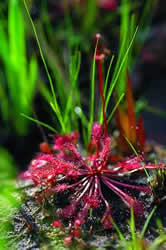
Sherpa Guides Georgia The Okefenokee Swamp Flora And Fauna Of The Okefenokee Swamp

Coefficient Of Conservatism Rankings For The Flora Of Georgia Wetland Indicator Species
Okefenokee Swamp Lazer Horse

Using Georgia Native Plants Carnivorous Plants In Okefenokee
Okefenokee Hooded Pitcher Plants William Wise Photography

Spring In The Okefenokee Swamp Groton Garden Club

Wetland Plants With Woody Stems Green Star Wetland Plant Farm

Spring In The Okefenokee Swamp Groton Garden Club
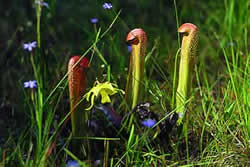
Sherpa Guides Georgia The Okefenokee Swamp Flora And Fauna Of The Okefenokee Swamp

1 186 Okefenokee Swamp Stock Photos Free Royalty Free Stock Photos From Dreamstime

November In Okefenokee Cindy Mcintyre S Blog
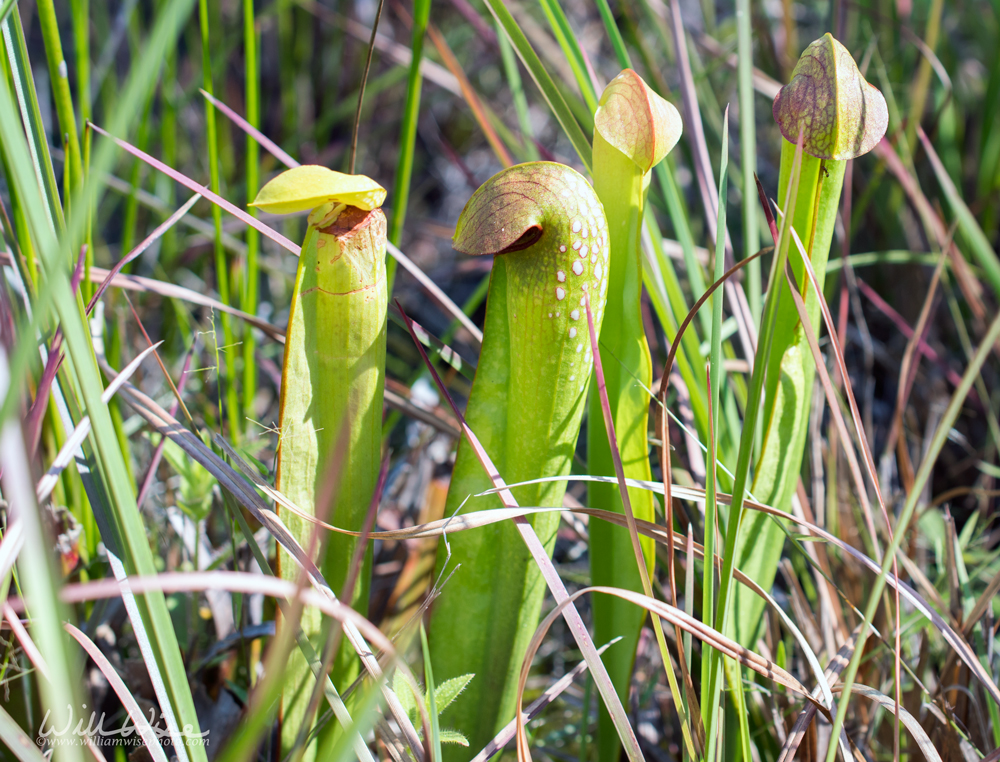
Okefenokee Hooded Pitcher Plants Okefenokee Photography Project By William Wise
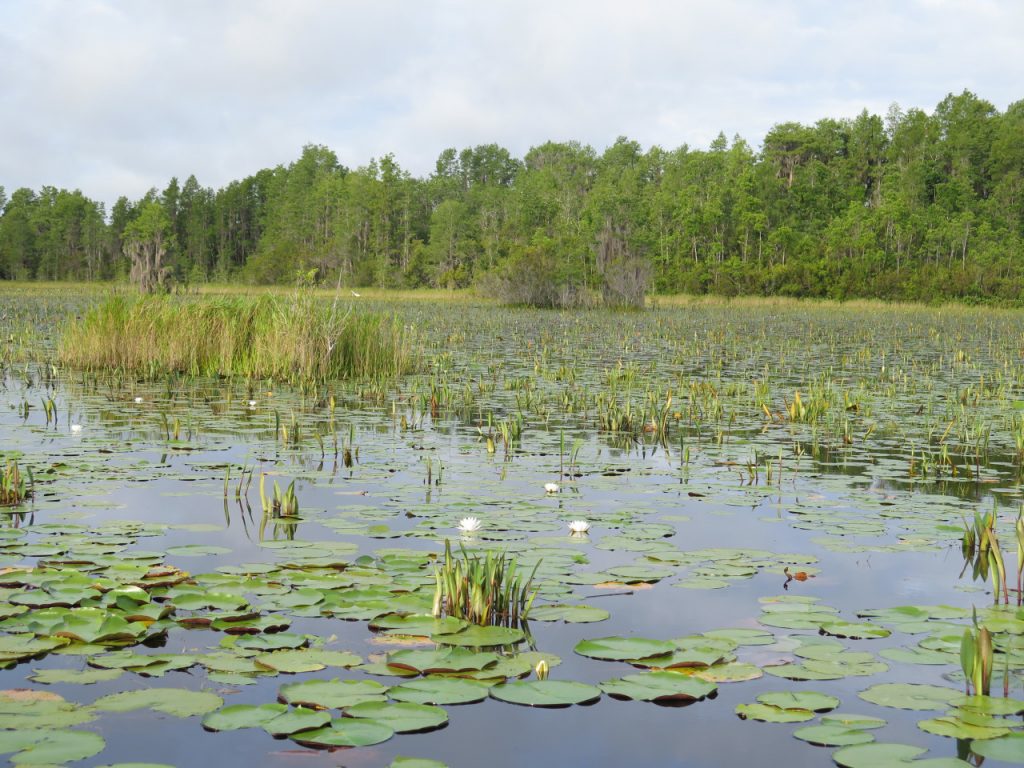
A Familiar Story Different Details The Latest Proposal To Mine The Okefenokee Wabe

Spring In The Okefenokee Swamp Groton Garden Club

Okefenokee National Wildlife Refuge Georgia Leisure Travel Vans
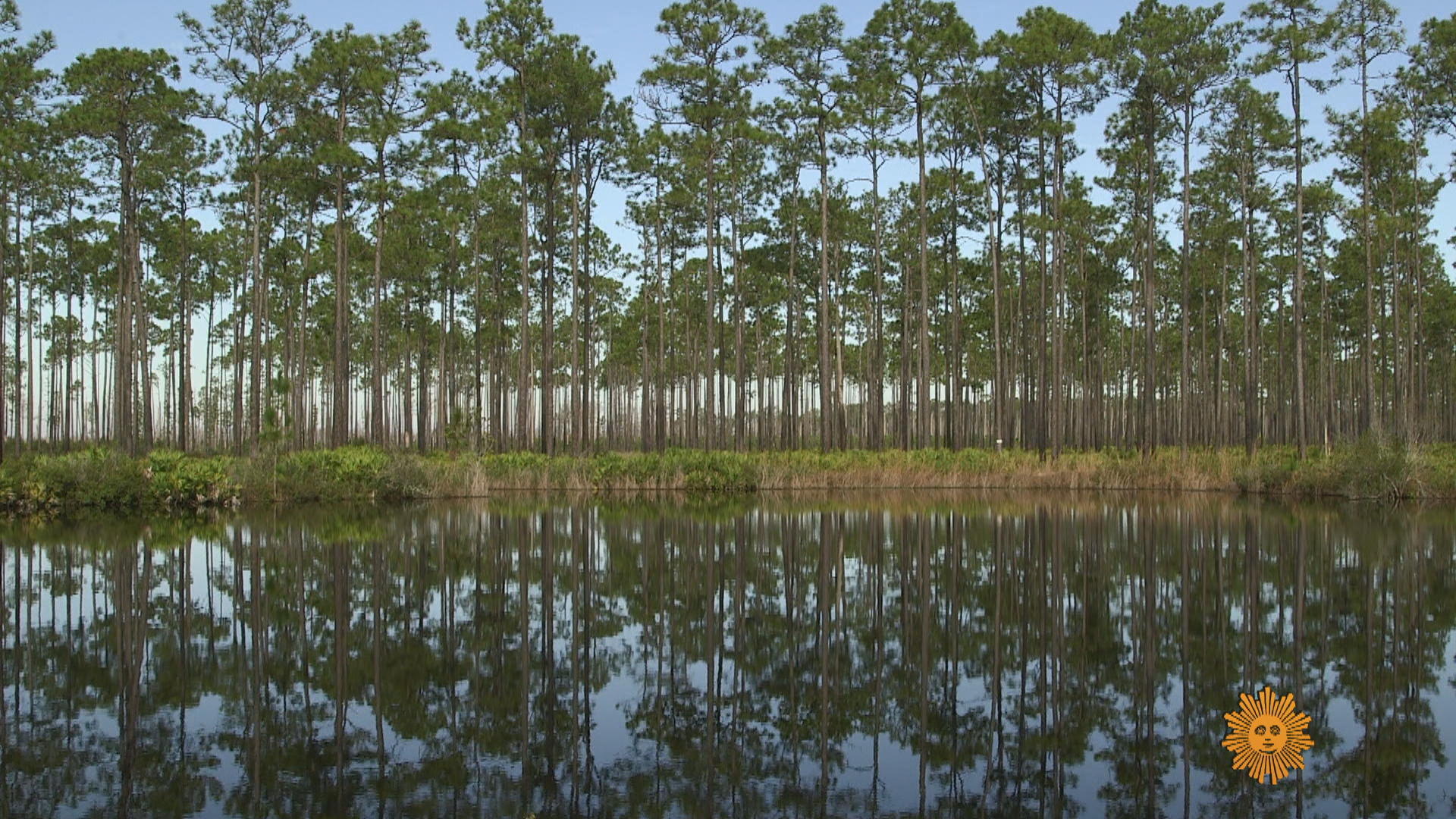
Moment In Nature Okefenokee National Wildlife Refuge Cbs News

That Swamp Plant Eats Meat